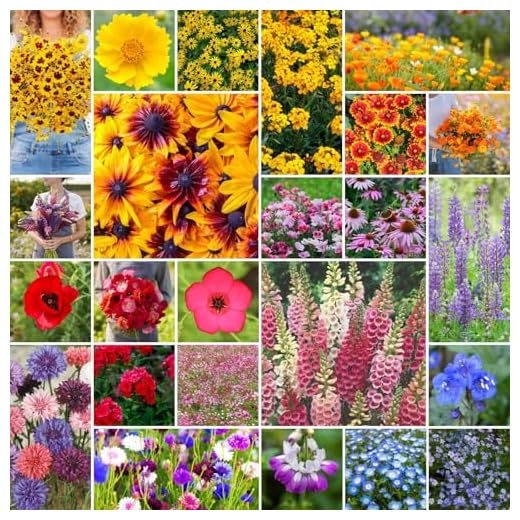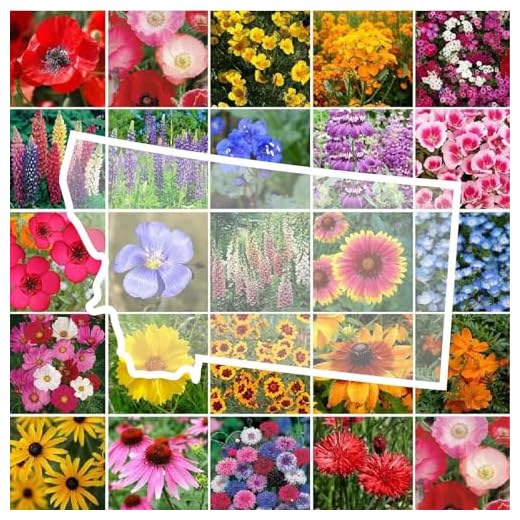



As an 8-year-old Scottish Fold, I take my safety and well-being seriously. If you’re wondering about the safety of those beautiful bell-shaped flowers, let me put your mind at ease: they can pose a risk to our health. Ingestion of these plants may lead to various health issues, so it’s best to keep them out of reach.
Symptoms of distress can include vomiting, diarrhea, and more severe reactions in some cases. If you suspect your furry companion has nibbled on one of these blooms, contacting your veterinarian immediately is crucial. Prevention is the best approach–creating a safe environment free of harmful flora is essential for our happy lives.
For pet lovers, understanding the plants around your home is key. While the beauty of these flowers is undeniable, prioritizing the health of your beloved pets should always come first. Be cautious, stay informed, and enjoy a safe living space together.
Are Bluebells Harmful to Felines?
Yes, these lovely plants can pose a risk to our furry friends. If ingested, they may lead to symptoms such as vomiting, diarrhea, and abdominal discomfort. It’s essential to monitor your pet closely if they have access to these flowers.
Keep these blooms out of reach, especially in spring when they flourish. Educate others in your home about the potential dangers. If you suspect your companion has nibbled on any part of the plant, contacting a veterinarian immediately is advisable.
In the garden, opt for pet-friendly alternatives to ensure a safe environment. Always prioritize your beloved pet’s health over aesthetic choices in your landscaping.
Understanding Bluebells: Species and Characteristics
Some varieties of these flowering plants are found across Europe and parts of Asia. Their beauty often captivates many, but it’s crucial to discern the specific types to understand their features better.
Common Types
Typically, there are several notable species, including:
| Species | Habitat | Characteristics |
|---|---|---|
| Hyacinthoides non-scripta | Woodlands, gardens | Bell-shaped flowers, usually blue, with a sweet fragrance. |
| Hyacinthoides hispanica | Open fields, urban areas | Similar in shape, but flowers can be pink or white, taller than the native variety. |
| Scilla siberica | Woodlands, meadows | Star-shaped blooms, typically blue, smaller and more delicate. |
Growth and Appearance
These plants generally bloom in spring, showcasing clusters of flowers that attract various pollinators. Their leaves are long and strap-like, emerging before the flowers. The entire plant can reach heights of 30 centimeters, depending on the species.
Understanding these plants involves recognizing their potential impact on local ecosystems, as well as their aesthetic value in gardens and natural settings.
Identifying Symptoms of Bluebell Poisoning in Cats
If you suspect exposure to these plants, look for specific signs indicating distress. Common symptoms include vomiting, diarrhea, and excessive drooling. Watch for changes in behavior, such as lethargy or loss of appetite.
Physical symptoms may manifest as tremors, seizures, or difficulty breathing. Be alert for any unusual vocalizations or signs of pain, like hiding or reluctance to move. Rapid heart rate and dilated pupils can also be indicators of a problem.
If you observe any of these symptoms, it’s crucial to seek veterinary assistance immediately. Early intervention can make a significant difference in recovery. Documenting the symptoms and any potential exposure can aid the vet in providing the best care.
Monitoring your furry friend closely after any outdoor adventure is a wise practice. Prevention is key, so ensure your environment is free from harmful plants. Your well-being is my priority, and I want to keep you safe and healthy!
What to Do If Your Feline Friend Nibbles on Flowers
If my human suspects I’ve munched on any harmful plants, immediate action is key. First, they should check my mouth for any leftover pieces of the plant. If they find any, they need to gently remove them to prevent further ingestion.
Next, contacting a veterinarian is a must. They can provide guidance based on the specific plant I might have eaten and my symptoms. It’s crucial that my human describes the situation accurately, including the amount consumed and any signs of distress I might show.
Monitoring Symptoms
My caretaker should keep a close eye on me for any unusual behavior. This includes vomiting, lethargy, or changes in appetite. If any of these symptoms appear, a visit to the vet becomes urgent. Providing my vet with any relevant details, such as my age, weight, and health history, can aid in my treatment.
Preventive Measures
To avoid future incidents, my human should ensure all potentially harmful plants are out of my reach. Creating a safe environment by researching pet-friendly flora can keep me safe while allowing me to enjoy the beauty of nature indoors.
Preventing Cat Exposure to Bluebells in Your Garden
To keep your furry friend safe, consider these straightforward strategies for managing your garden:
- Remove any existing plants that belong to the Hyacinthaceae family. This will eliminate potential hazards.
- Regularly inspect your garden for new growths or wildflowers that may appear. Some of these can be harmful.
- Consider planting non-harmful flowers and shrubs instead. Opt for pet-friendly varieties that add beauty without risk.
- Use barriers such as fences or garden netting to restrict access to areas where these plants may be present.
- Educate yourself about local flora. Knowing which plants to avoid can save you a lot of worry.
If you suspect your companion has ingested any questionable vegetation, it’s wise to consult a veterinarian immediately. Keeping your cat’s immune system strong is also beneficial; you might explore options like the best immune support for cats.
Staying proactive is key to ensuring a safe environment for your beloved pet while enjoying a beautiful garden.
Comparing Common Harmful Flora for Felines
Certain plants pose risks to furry friends, and knowing which ones can help keep us safe. While some species are well-known for their dangers, others might be surprising. For instance, lilies are infamous for causing severe kidney issues if ingested. Symptoms can manifest quickly, including vomiting and lethargy.
Another hazardous plant is azalea. Even a small amount can lead to gastrointestinal upset, heart issues, or, in severe cases, death. Symptoms typically include drooling, vomiting, and diarrhea. Immediate veterinary help is crucial if one of us nibbles on this shrub.
Comparing Symptoms and Effects
In contrast to lilies and azalea, certain other plants like oleander can be even more perilous, affecting the heart and leading to arrhythmias. Symptoms often include a decline in appetite, vomiting, or even seizures. It’s clear that not all plants are equal in their potential harm.
Additionally, sago palms can have devastating effects, particularly the seeds, which are highly dangerous. Ingestion can lead to liver failure, and symptoms may appear days later, complicating diagnosis. Symptoms encompass vomiting, diarrhea, and potential jaundice.
When evaluating potential dangers, it’s wise to familiarize oneself with various flora in the vicinity. Keeping a safe environment can prevent unfortunate incidents and keep us healthy and happy.
Consulting a Veterinarian: When to Seek Help
If you suspect that your feline friend may have ingested these plants, immediate consultation with a veterinarian is necessary. Timing is critical; early intervention can significantly improve outcomes. Look for specific symptoms like vomiting, diarrhea, or lethargy, and relay this information to your vet. This detail aids in accurate diagnosis and treatment.
Signs Indicating Urgent Care
Should your pet display severe reactions such as difficulty breathing, swelling of the face or throat, or seizures, consider this an emergency. It’s paramount to seek veterinary assistance without delay. Always keep the contact information for your veterinarian handy, and don’t hesitate to reach out for professional advice.
Preventive Measures
To avoid crises, regularly inspect your living space and garden for harmful flora. Educate yourself on which plants are safe and which can cause harm. If you find gardening tools and equipment helpful, explore options like the best plug in pressure washer to maintain a safe environment. Keeping your surroundings clear of hazardous plants is a wise strategy to protect your four-legged companion.
Resources for Pet Owners: Reliable Information on Plant Toxicity
For pet parents seeking trustworthy insights into harmful flora, several resources are invaluable. Here’s a compilation that can help keep your furry friends safe.
- ASPCA Animal Poison Control Center: Their website provides a comprehensive list of plants that pose risks to pets. You can search by plant name and find detailed information about symptoms and treatment.
- Pet Poison Helpline: This resource offers a free consultation service for pet owners. Their hotline is available 24/7, ensuring you can get immediate advice if you suspect your pet has ingested something harmful.
- Veterinary Clinics: Local veterinarians often have pamphlets or resources listing common dangerous plants. Regular check-ins can keep you informed about seasonal threats in your area.
- Books and Guides: Look for publications specifically focusing on pet safety and toxic plants. Titles like “Pet Poisoning: A Guide for Pet Owners” can serve as excellent references.
- Online Forums and Communities: Engaging in discussions with other pet owners can provide first-hand experiences and advice. Sites like Reddit and specialized Facebook groups can be helpful platforms.
Always verify information from multiple sources before making decisions related to your pet’s health. Keeping updated knowledge can prevent accidents and ensure a safe environment for your companions.








